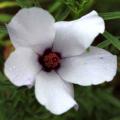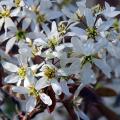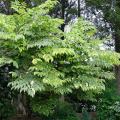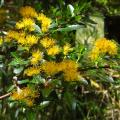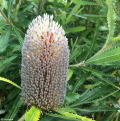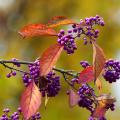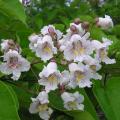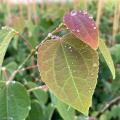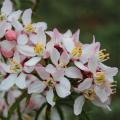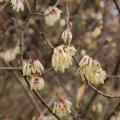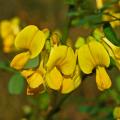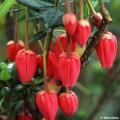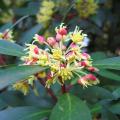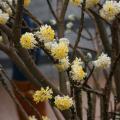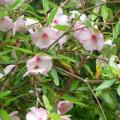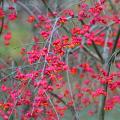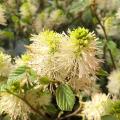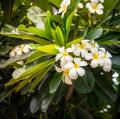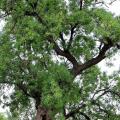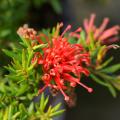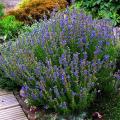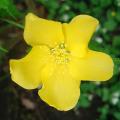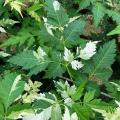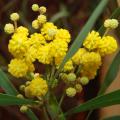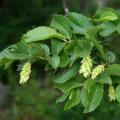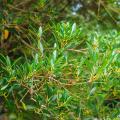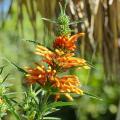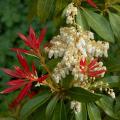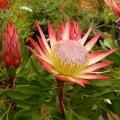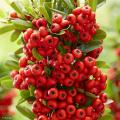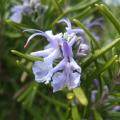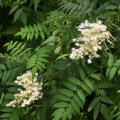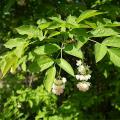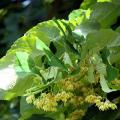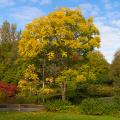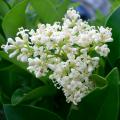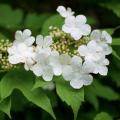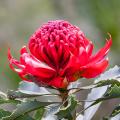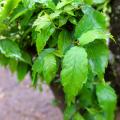Platanus
Does this plant fit my garden? Set up your Plantfit profile →
Available in 3 sizes
Available in 1 sizes
Available in 1 sizes
Available in 1 sizes
Available in 1 sizes
Our range of Plane Trees. The genus Platanus, from the family Platanaceae, includes around ten species of large deciduous trees, the most famous of which is the common plane tree, widely planted along roadsides or as shade trees in squares and large gardens. All plane trees are native to temperate subtropical regions of the northern hemisphere. The Western plane tree (Platanus occidentalis) and the Eastern plane tree (Platanus orientalis) are two species that closely resemble each other and easily hybridize when brought together. Measuring 25 to 55 metres (82 to 180 feet) in height and capable of living for several centuries, these large trees show few morphological differences. Diversity in plane trees lies in their habit, resistance to diseases, particularly canker, leaf size, and the dimensions of the mature tree. For example, Platanus acerifolia 'Alphen's Globe' is a "dwarf" version of the plane tree, with a beautiful round crown, more suitable for the size of our modern gardens. Platanus hispanica 'El Gordo' has very large leaves, while the selection 'Malburg' stands out for its narrower, oval-shaped crown, which is not very dense. Plane trees are characterized by large, tough, palmate leaves, and bark that peels off in plates to reveal light areas. The flowers, tiny in size, are clustered in balls. The fruits are achenes organized in "pompons" hanging from a peduncle, ripening in autumn.
The plane tree adapts wonderfully to all types of soils, including polluted urban areas or our very dry countryside in the south of France, and it can withstand pruning if done properly. It is among the trees that are resistant to both cold and drought.
Haven't found what you were looking for?



















































